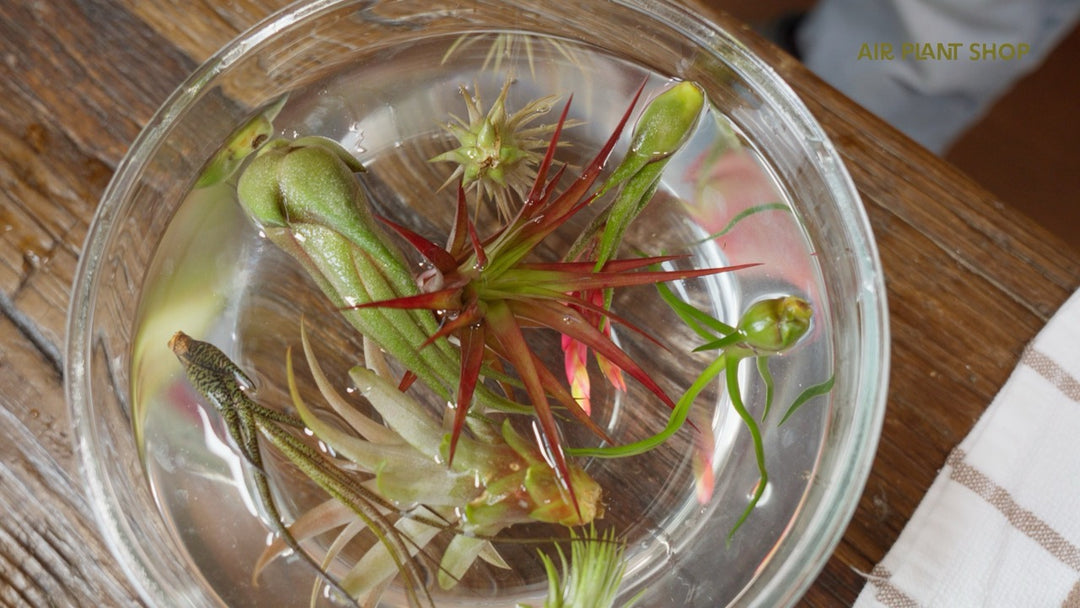Understand Your Plants Native Climate
As we consider how to care for your air plants it is important to take into account not only where each specific plant comes from but more precisely what kind of environment are they used to living in. Recreating these climate variables to our best abilities will ensure better plant health and longevity. As a guy from Oregon I don’t do so well in the Florida heat and humidity. I usually shrivel up and wither after just an hour or so outside in this climate. What about your plants? Are you forcing a cool and dry climate on a plant that thrives in the hot and humid jungle? Are your plants withering in unwanted heat or staying too cold during the day? To better help us understand what plants want ecologists came up with a simple set of names that describe an ecological habitat in reference to the amount of rainfall they enjoy. The three climate designations commonly used to classify tillandsia are outlined below: Hydric, Mesic, and Xeric.
Hydric
Mesic
Mesic climates receive less rain than hydric but stay moist most of the year. Think Latin American Jungles with lots of rain and shade under a thick canopy of leaves. Mesic zones tend to have rainy and wet seasons. Storms come and go and the plants are frequently watered but then able to dry out. Air plants that live here will be used to frequent waterings.
Is My Air Plant Mesic?
Their leaves will be shiny or waxy and without as many trichome as their Xeric cousins who live in dryer climates. These plants include Abdita Multiflora, Bulbosa Belize, Bulbosa Guatemala and Butzii. These plants are used to some shade and don’t really like a lot of hot, direct sunlight. Humidity is great for these species so more misting during the week is required.
Xeric
Is My Air Plant Xeric?
Some of the best examples of xeric air plants are the Xerographica with its long mint-colored leaves. Circinata and Harrisii are two other prime examples of xeric plants. These plants are all more lightly colored due to their evolutionary need to reflect light in hotter conditions in addition to the prevalence of trichomes. The very popular Ionantha are some of the smallest xeric species so they require a little more attention as they are prone to dehydration due to their small size. While most folks have great success caring for both mesic and xeric types of air plants the same way it’s always nice to understand our plants and the climates they are used to. Not all air plants are from the same place and will require different amounts of water and light. The most fun part about raising air plants is getting to know each species and learning what conditions they like best. Most air plants are forgiving and easy to care for but the more you know about your plants the better. I know I do much better in the dark and rainy climates of the pacific northwest. I guess that would make me a Mesic air plant. Which one are you?
1 comment











Thank you for the clear explanation with examples! I’ve often wondered if I should be watering my plants differently.
Leave a comment